January is National Slavery and Human Trafficking Awareness month, when we bring our focused attention to the people who are affected by this epidemic, and what we all can do to help solve it. Young people in foster care are especially vulnerable to human trafficking, particularly in the form of commercial sexual exploitation—the formal way of saying child sex trafficking.
U.S. law defines human trafficking as the use of force, fraud, or coercion to compel a person into commercial sex acts or labor or services against his or her will. However, inducing a minor into commercial sex is considered human trafficking regardless of the presence of force, fraud or coercion. By listening to survivors, we’ve learned that many youth in foster care are drawn into commercial sexual exploitation by people they think are their friends and romantic partners, and often do not fully understand that they are victims.
According to the National Human Trafficking Hotline, some of the risk factors include recent migration relocation, substance use, mental health concerns, involvement with the child welfare system, running away and experiencing homelessness. Every child in the foster care system possesses at least one of these risk factors – and the fact is, most of them grapple with many. It is up to all of us to be vigilant and help keep these children safe.
How many people are trafficked in the US & Texas?
In 2018, 10,949 distinct cases of trafficking were reported to the National Human Trafficking Hotline. Of those, 2,378 were involving a minor.
Texas was the state with the second most trafficking cases reported to the hotline in 2018, second only to California. In Texas alone:
1,000 cases of human trafficking were reported (nearly 10 percent of the total reports in the US),
719 of the 1,000 cases involved sex trafficking, and
224 of the cases involved minors.
It’s important to remember that these cases are greatly under-reported.
The Child Sex Trafficking Team at the Office of the Governor of Texas is dedicated to ending this crime and helping young survivors.
What are some of the signs of child sexual exploitation?
According to the Child Sex Trafficking Team, potential signs of child sexual exploitation include:
Changes in school attendance, habits, friend groups, vocabulary, demeanor and attitude;
Sudden appearance of expensive items (e.g. manicures, designer clothes, purses, technology);
Tattoos or branding;
Refillable gift cards;
Frequent runaway episodes;
Multiple phones or social media accounts;
Provocative pictures posted online or stored on the phone;
Unexplained injuries;
Isolation from family, friends, and community; and
Older significant others.
WHAT CAN I DO?
There are many ways, big and small, to stand up against child sexual exploitation. Here are a few.
Recognize the signs. Educate yourself and others on the signs of trafficking and exploitation.
Take a training. Consider taking your awareness a step further.
Report suspected trafficking. If you or someone you know is in immediate danger, call 911. If you believe you have information about a trafficking situation or suspect that someone you know is being trafficked, call the 24/7 National Human Trafficking Hotline at 1-888-373-7888.
Learn what the State of Texas is doing to protect the most vulnerable youth and to fight human trafficking. Care Coordinators convene and facilitate multi-disciplinary care coordination teams that plan and deliver services for child sex trafficking survivors in the short and long-term. To access care coordination for a minor child survivor of trafficking, call the National Human Trafficking Hotline at 1-888-373-7888.
Talk to young people about social media and human trafficking. Many times, traffickers approach young people on social media. Learn how to talk to kids and adolescents about not responding to messages from strangers and how to keep their social media profiles safe. NeedHelpNow.ca is an organization dedicated to helping young people who are being exploited online. It focuses on helping stop the spread of sexual pictures or videos.
Use considerate language when discussing survivors of trafficking. Words are powerful, and when used carelessly, they can harm those we are trying to help. Rather than calling these people “prostitutes,” or “victims,” or “slaves,” call them what they truly are – survivors. And whenever possible, instead of defining them by their experience or situation, practice using people-first language.
Download and use TraffickCam. This mobile app enables everyday people to help fight trafficking by uploading photos of their hotel room. The photos are used to help authorities determine where perpetrators of sex trafficking are committing their crimes. Download it for iPhone/iPad, or for Android.
And finally, listen. Listen to the stories of survivors of all ages and circumstances, so that we individually and as a society can learn from their experiences.
“The biggest change in the trajectory of my life, which had seemed so hopeless at one point, began when someone chose to listen to the experience of a 16-year-old girl… The smaller, quiet voices can speak the loudest if we would only listen.” – Cyntoia Brown, survivor, in a guest column 7 months before she was released from prison

